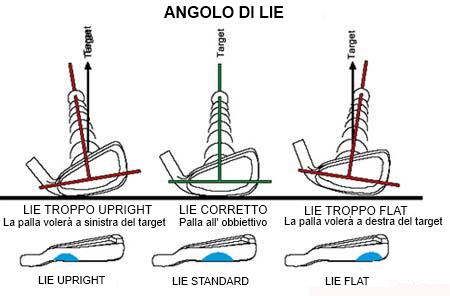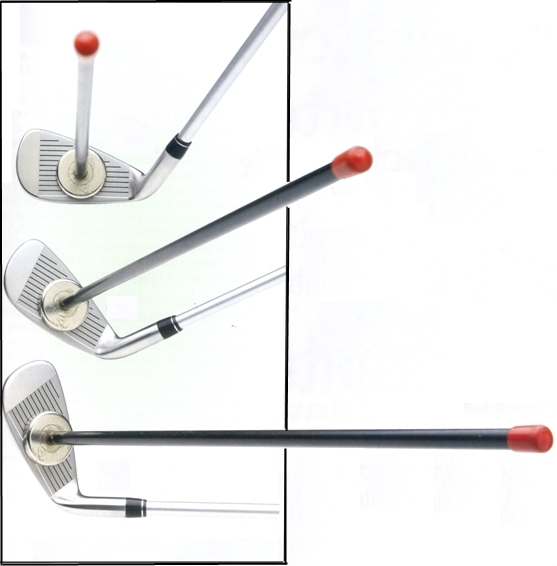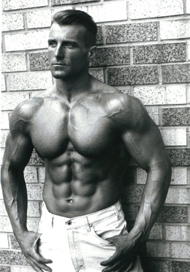Titolo: TrackMan III con TPS video o Flightscope X2i complete ? – Update –
Autore: Piero Maina
Conteggio parole: 680
Ciao, ho deciso di scrivere un mini articolo solo per dare seguito a quello che avevo scritto nel primo articolo TrackMan III con TPS video o Flightscope X2i complete ? e anche perchè gli update che avevo aggiunto non venivano letti perchè nessuno sapeva degli inserimenti, visto che la data originaria dell’articolo risaliva al 19 gennaio 2012.
Nell’articolo originale avevo scritto che avrei avuto modo di provare il TrackMan III e il Flightscope X2 nel mio locale indoor con un lato utile di 6,5 mt. e la mia preoccupazione era di investire in un prodotto molto costoso che utilizza la tecnologia radar, che è lo stato dell’arte in quanto a fruibilità e precisione dei dati rilevati in ambiente esterno, ma in ambiente indoor non è proprio la stessa cosa, soprattutto per quanto riguarda il dato del backspin.
Come sapete il discorso nasceva perchè il nuovo prodotto della Flightscope è stato dichiarato comparabile ed altrettanto preciso come il TrackMan III, la differenza è che bisogna spendere € 10.000 in più per il TrackMan. Fino a qualche anno fa la differenza era più giustificata dal fatto che i dati del Flightscope (Kudu) erano praticamente inutilizzabili e quindi TrackMan lavorava in regime di monopolio, ma adesso?
Ad oggi la prova l’ho effettuata solo con il Flightscope X2 e l’ho comparato con i miei Golftek Pro III e Pro 7 e il CG2 della Foresight . Per essere preciso avevo già provato il Flightscope a febbraio con scarsissimi risultati, tant’è che mi ero rassegnato, ma avendo effettuato il test contestualmente con il ProIII , c’era la possibilità, poi confermata, che l’apparato della Golftek lo avesse disturbato. Questa volta invece i dati rilevati dall’X2 sono stati abbastanza attendibili e la prova è stata effettuata fianco a fianco con il CG2 che per tecnologia differente, rileva sicuramente con maggior affidabilità il dato del backspin in ambiente indoor. Per quanto riguarda le misurazioni effettuate con i ferri i dati delle due unità sono stati abbastanza omogeni, non proprio alla alla virgola, ma comparabili, con l’eccezione del dato di backspin che anche con il piccolo adesivo incollato alla palla (necessario perchè il radar ne misuri le rotazioni) non faceva rilevare un dato affidabile al Flightscope per ogni tiro. Va detto che ogni tanto anche questo dato era comparabile con il CG2!!! Differente il comportamento con il drive, i dati sono stati sostanzialmente omogenei su tutti i fronti, anche per il backspin. Il perchè? Sinceramente non lo so!
Ho testato poi il mio Golftek contro il CG2 e i dati sono stati veramente identici. Sapevo che i miei apparati per uso indoor sono veramente affidabili, ma con la tecnologia che avanza, la possibilità di lavorare in ambiente esterno e la quantità di dati analizzabili oltre al software molto più avanzato, mi facevano propendere per l’eventuale acquisto. C’è solo un ma, in ambiente indoor ho visto che posso continuare a lavorare con i miei due Golftek perchè più che affidabili, nel frattempo proverò più estensivamente il Flightscope che oltretutto aumenterà di prezzo di un 3% il prossimo primo giugno. Al momento sono molto tentato dal Flightscope, ma devo ancora effettuare la prova con il TrackMan III e vedere quanto si discosta in meglio o in peggio rispetto al Flightscope e la differenza nel software fra i due, utilizzando come termine di paragone i miei Golftek che ho controllato essere validi e nel frattempo lasciare che sia il mercato ad effettuare il livellamento di prezzo che normalmente avviene quando c’è una sana competizione. Vi ricordo che ci sono sempre quei € 10.000 di differenza fra i due prodotti che non troverebbero giustificazione. Mi aspetto anche un inserimento da parte di TrackMan della possibilità di lavorare in Wi-Fi con Ipad e Smartphones come già fa il Flightscope e quindi non essendo più così pressato dal fatto di non avere apparati affidabili, posso effettuare la mia scelta con maggior calma, pur sapendo che in ambiente tecnologico se uno aspetta sempre la novità non acquista mai.
Vi terrò informati. Stay Tuned!
© Copyright 2012 -2023 Piero Maina – Tutti i diritti riservati













